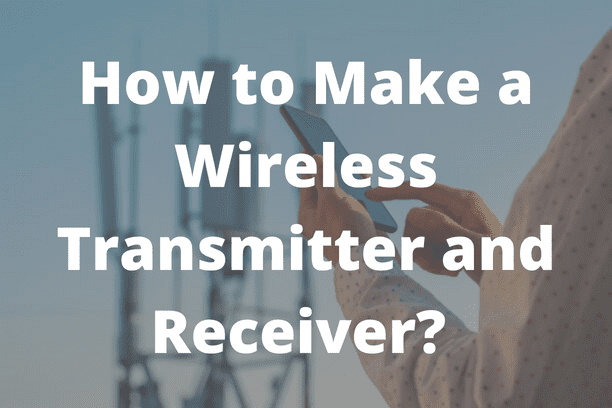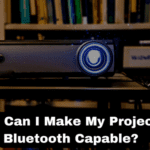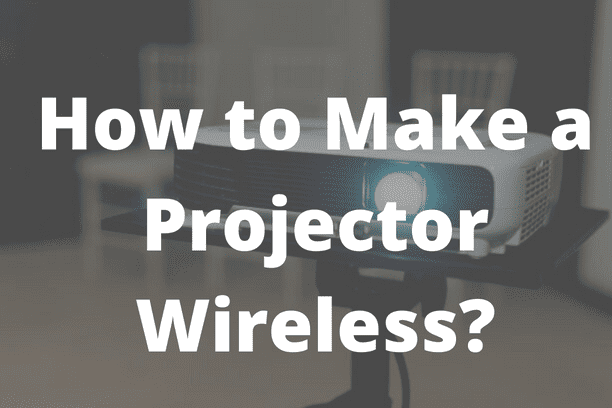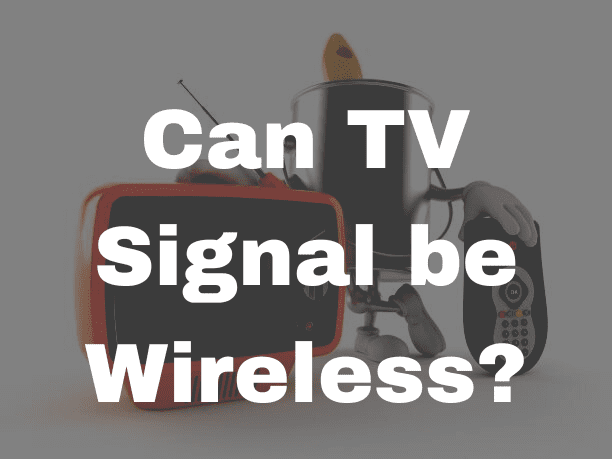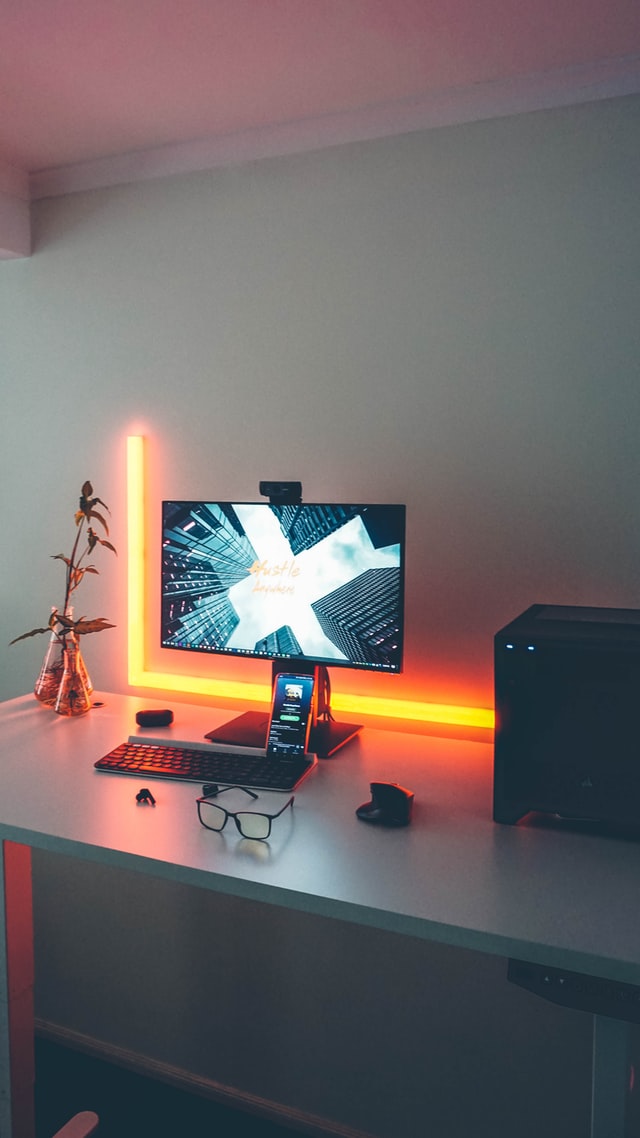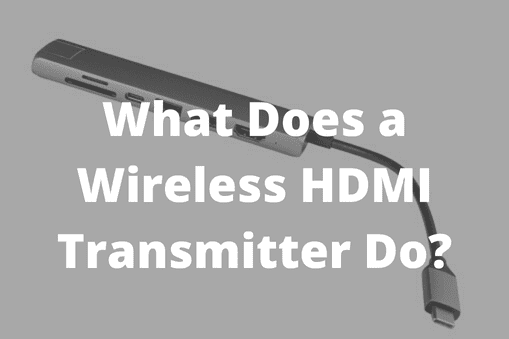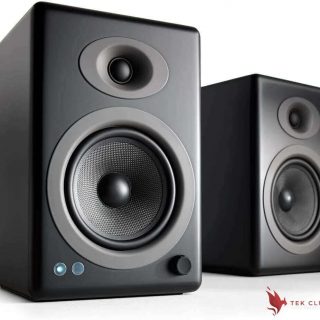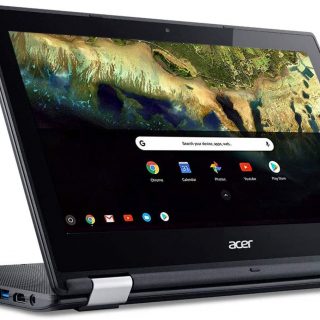How to make a wireless transmitter and receiver? Nicola Tesla envisioned sending energy wirelessly from a distant power plant to buildings and companies worldwide. While there is currently no technology to send large amounts of power wirelessly, we can transmit power over shorter distances with no problem. In this tutorial, we’ll create a wireless power transmitter and receiver that can send out enough power to recharge a 3.7V battery.
WORKINGS OF WIRELESS POWER TRANSMISSION
Incoming power is transformed into a high-frequency oscillating signal in a wireless power transmitter. Then a wire coil receives this oscillating current. The oscillating current produces a pulsing magnetic field surrounding the transmitting ring because an electric current passing through a wire loop produces a magnetic field.
Another wire coil on the power receiver picks up the magnetic field from the transmitter when it is close to it. The transmitted magnetic field is changed into an electric current in the receiving coil because a changing magnetic field causes an electrical current to be generated in a wire loop.
POWER TRANSMITTER CONSTRUCTION TECHNIQUES
Here is a simple wireless power transmitter’s schematic: The tuned tank circuit with L1’s resonant frequency and the transistor’s parasitic capacitance combine to form the oscillator (several thousand pF). This formula can be used to determine the oscillator’s frequency:
- Where L: L1’s inductance
- C: The transistor’s parasitic capacitance
Wrapping 20 turns of magnet wire around an 11-centimeter former will create wire coil L1. At turn 10, add the center tap in the center. This will result in an inductance of around 80uH, which will resonate at a frequency of roughly 260kHz with the parasitic capacitance of the transistor.
Recommended Article: How to Make a Projector Wireless?
Other power transistors can be utilized in addition to the MRF475 NPN silicon power transistor, which I used. These, however, will need a tiny heatsink because they get rather hot. The oscillator frequency can be altered by changing the effective capacitance, which is affected by the potentiometer R2’s control over the transistor’s current. This allows us to adjust the output frequency to better match the resonant frequency of the receiving coil and boost power transmission effectiveness. The transmitter circuit consumes 1A of current when driven by a 12V power source. Hence the output power is 12V * 1A = 12W.
HOW TO CONSTRUCT A RECEIVER
The circuit diagram for a wireless power receiver is shown below:
- An 11 cm former can be fashioned into the coil (L1) by wrapping 18 turns of magnet wire around it. Turn nine should be the middle, where the center tap is added.
- The LED on the receiver should light up to indicate that power is being communicated when the transmitting coil and receiving coil are put close to one another and set for resonance using potentiometer R2.
- I discovered the LED had roughly 2.3V across it and had 20mA of current flowing through it after dissecting the receiver circuit. This equation can be used to determine the LED’s power:
- The power is W = V * A W. (in Watts)
- Voltage, or V (in Volts)
- A: the existing (in Amps)
- My LED has a power of W = 2.3V * 20mA.
- W = 46mW
- The efficiency of this system, given that the power transmitter output is 12W, is only 0.046W / 12W = 0.38%.
- Now we understand why Nicola Tesla’s theories still need more improvement.
A BATTERY CHARGER IS ADDED
Even though wireless power transmission has low efficiency, there are occasions when the advantages of having a gadget that can be charged wirelessly outweigh the costs associated with power consumption. With the help of this project, a 3.7V lithium battery will be able to power a power-receiving device. A TP4056 Li-ion charger module will charge the battery when the receiving coil is close to the transmitting wave.
There are a lot of potential applications for wireless communications, even though the fantasy of kilowatts of power coming into your home wirelessly has yet to come true. The ability to wirelessly charge gadgets without using charging wires is the most significant of them.
Please leave a remark if you have any questions about this project. With the help of this project, a 3.7V lithium battery will be able to power a power-receiving device. A TP4056 Li-ion charger module will charge the battery when the receiving coil is close to the transmitting wave. There are a lot of potential applications for wireless communications, even though the fantasy of kilowatts of power coming into your home wirelessly has not yet come true. The ability to wirelessly charge gadgets without using charging wires is the most significant of them. Please leave a remark if you have any questions about this project.
Related Article:
Best White Wireless Gaming Headset
Are Wireless Gaming Headsets Worth It?

